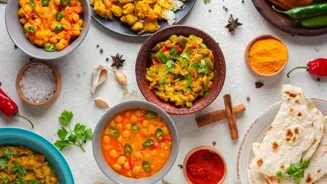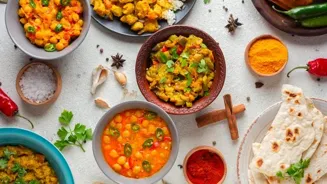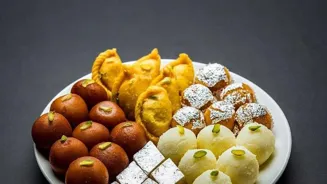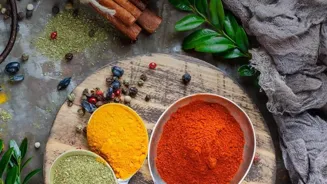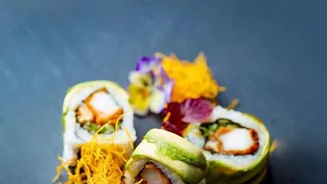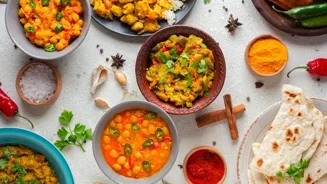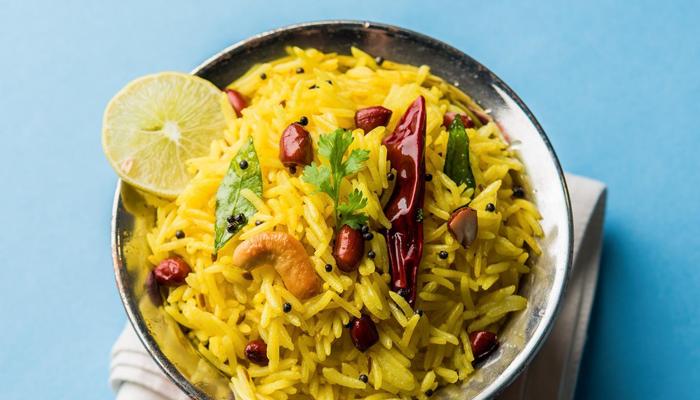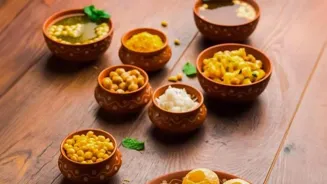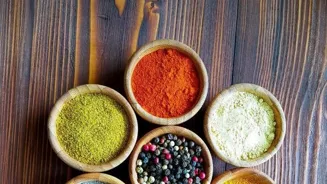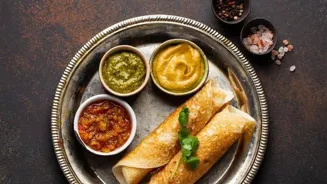Dive into the rich tapestry of Indian desserts, a sweet journey through flavors, traditions, and cultural nuances. Explore more!
India, a land renowned for its vibrant culture and diverse culinary landscape,
boasts a particularly rich and enchanting tradition of desserts.
From the snow-kissed peaks of the Himalayas to the sun-drenched beaches of the south, every region presents a unique symphony of flavors, textures, and aromas, creating a tapestry of sweets that is both incredibly diverse and deeply rooted in local customs.
Far from being mere afterthoughts to a meal, Indian desserts are often integral parts of celebrations, religious ceremonies, and everyday life, possessing a significance that extends beyond simple gustatory pleasure.
Let us embark on a delightful journey to explore the captivating world of Indian mithai, uncovering the stories, ingredients, and cultural nuances that make them so special. The process of crafting these sweets is also quite an art form and demands the highest precision.
The flavors in each dessert are properly balanced to give the best sweet experience to the consumer.
Indian desserts: rich dairy base, grains, nuts, spices create diverse flavors and textures
The foundational ingredients of Indian desserts are as varied as the landscapes from which they originate. Milk and its derivatives, such as paneer (Indian cheese), khoya (reduced milk solids), and ghee (clarified butter), form the creamy, rich base for many iconic sweets.
These dairy ingredients are not just about adding richness; they also bring a unique textural element, ranging from the melt-in-your-mouth smoothness of gulab jamun to the slightly grainy, yet intensely flavorful, quality of barfi. Grains and legumes also play a pivotal role.
Rice, in the form of kheer (rice pudding) or modak (steamed rice dumplings), provides a comforting and wholesome sweetness. Lentils, particularly moong dal (yellow lentils), are transformed into delightful halwas, their earthy flavors elevated by the addition of ghee and sugar.
Nuts reign supreme as both flavoring agents and textural enhancements. Almonds, pistachios, cashews, and walnuts are generously incorporated into barfis, laddus, and halwas, adding a delightful crunch and a nutty aroma.
And, of course, no Indian dessert would be complete without the judicious use of spices. Cardamom, saffron, cloves, and nutmeg are commonly employed to impart warmth, complexity, and a touch of the exotic.
The subtle use of saffron threads not only enhances the flavor but also lends a beautiful golden hue, making the dessert visually appealing. All these ingredients bring a distinct character to the dish and add to the already existing range of different flavors and textures.
Regional variations define Indian dessert culture, reflecting local traditions and ingredients
Regional variations are the heart and soul of Indian dessert culture. Each state, and often each city, has its own signature sweets, reflecting the local climate, agricultural produce, and culinary traditions.
In the North, you might find yourself indulging in the decadent richness of gajar ka halwa (carrot halwa), a winter specialty made with grated carrots, ghee, sugar, and nuts.
Alternatively, you could try the melt-in-your-mouth goodness of peda, a fudge-like sweet made from khoya, sugar, and cardamom. As you journey eastward, the flavors become more delicate and aromatic.
Rasgulla, spongy cheese balls soaked in a light syrup, reigns supreme in West Bengal, along with its many variations.
Further south, you will encounter the creamy delight of Mysore Pak, a fudge made from gram flour, sugar, and ghee, and the comforting sweetness of payasam ( South Indian kheer), often flavored with coconut milk and jaggery. Bombay halwa is another example of Indian desserts.
The dessert originates from Bombay and is now sold all over India. Regional variations are a highlight to the many different types of Indian desserts.
Indian dessert-making: art passed down through generations with precision and tradition
The art of making Indian desserts is often passed down through generations, with family recipes guarded jealously and techniques honed over decades. These processes are detailed and it takes many years of practice to master the different recipes.
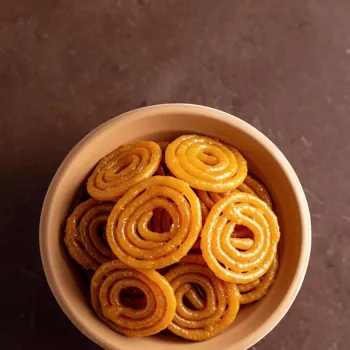
Many sweets require a level of precision and patience that is almost meditative. Consider the making of jalebi, a crispy, syrupy treat that is as visually appealing as it is delicious. The batter, made from maida flour and yogurt, must be fermented to the perfect consistency.
It is then skillfully piped into hot oil in swirling patterns, fried until golden brown, and immediately immersed in a warm sugar syrup, allowing it to soak up the sweetness. The techniques employed show the long history of tradition.
Similarly, the creation of laddus, round balls made from gram flour, semolina, or other ingredients, requires precise mixing and shaping, ensuring that each laddu is perfectly round and holds its shape without being too dense.
The making of the dessert is always a delight to watch and it is nothing short of magic.
Indian desserts integral to celebrations, symbolize prosperity, gratitude, and joy
Indian desserts are far more than just sweet treats; they are interwoven with the fabric of Indian culture and society. They are an integral part of celebrations, from weddings and festivals to birthdays and religious ceremonies.
No Diwali celebration is complete without a lavish spread of sweets, including laddus, barfis, and gulab jamun, symbolizing prosperity and good fortune.
During the festival of Holi, the vibrant colors of the day are often echoed in the sweets, with kesar peda (saffron-flavored peda) and gujiya (deep-fried sweet dumplings filled with khoya and nuts) taking center stage.
Sweets are also offered as prasad (sacred offerings) in temples and during religious ceremonies, symbolizing devotion and gratitude. The sharing of sweets is an act of kindness and hospitality, a way to express joy and strengthen bonds.
A box of mithai is a common gift given during festivals and special occasions, a gesture of goodwill and affection. The desserts have very deep connections to the culture and have been an integral part of different celebrations.
Indian desserts gain global popularity, inspiring fusion creations
The allure of Indian desserts extends far beyond their geographical origins. With the growing diaspora and increased global interest in Indian cuisine, these sweets are finding their way into restaurants and homes around the world.
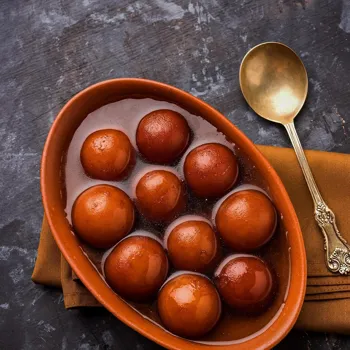
You can now find gulab jamun on menus in international restaurants, laddus in specialty food stores, and kheer being experimented with in fusion desserts.
This increased visibility has not only introduced the world to the diverse flavors of Indian mithai but has also led to innovative interpretations and adaptations, blending traditional recipes with modern techniques and ingredients.
Chefs are experimenting with creating healthier versions of classic sweets, using natural sweeteners and reducing the fat content.
Fusion desserts, such as gulab jamun cheesecake or rasmalai tres leches cake, are becoming increasingly popular, showcasing the versatility and adaptability of Indian flavors. These global transitions have been beneficial to introducing new flavors to the world.
